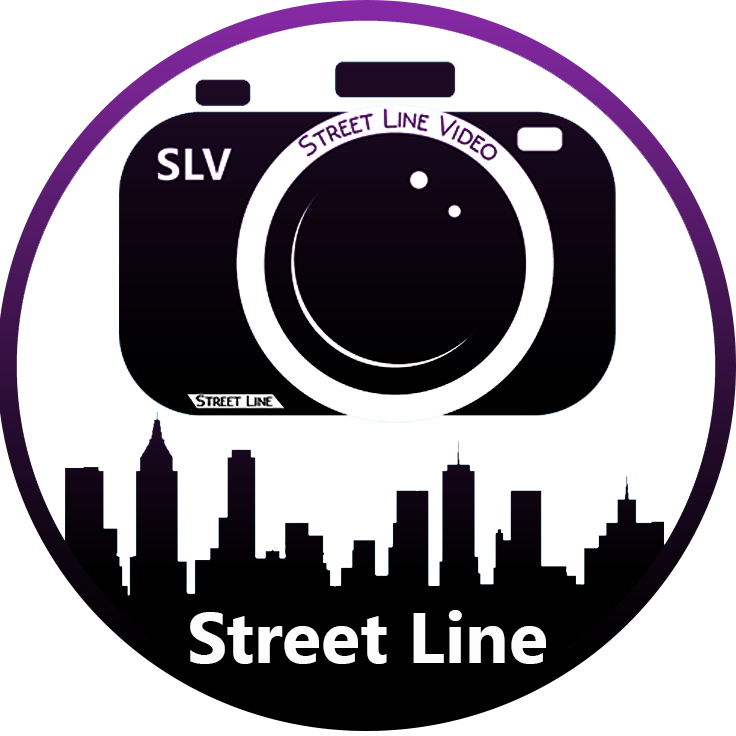Sugar Ray Leonard
Ray Charles “Sugar” Leonard (born May 17, 1956) is an American former professional boxer, motivational speaker, and occasional actor. Often regarded as one of the greatest boxers of all time, Leonard was part of “The Fabulous Four” a group of boxers who all fought each other throughout the 1980s, consisting of himself, Roberto Durán, Thomas Hearns and Marvin Hagler. “The Fabulous Four” created a wave of popularity in the lower weight classes that kept boxing relevant in the post-Muhammad Ali era. Leonard was also the first boxer to earn more than $100 million in purses, won world titles in five weight divisions, including a run as the undisputed welterweight champion, and defeated future fellow International Boxing Hall of Fame inductees Hearns, Durán, Hagler, and Wilfred Benítez. Leonard was named “Boxer of the Decade” in the 1980s.
Leonard, the fifth of seven children of Cicero and Getha Leonard, was born in Wilmington, North Carolina. He was named after Ray Charles, his mother’s favorite singer. The family moved to Washington, D.C., when he was three, and they settled permanently in Palmer Park, Maryland when he was ten. His father worked as a supermarket night manager and his mother was a nurse. He attended Parkdale High School, Leonard was a shy child, and aside from the time he nearly drowned in a creek during a flood in Seat Pleasant, Maryland, his childhood was uneventful. He stayed home a lot, reading comic books and playing with his dog. His mother said: “He never did talk too much. We never could tell what he was thinking. But I never had any problems with him. I never had to go to school once because of him.”
Leonard started boxing at the Palmer Park Recreation Center in 1969. His older brother, Roger, started boxing first. Roger helped start the boxing program, urging the center’s director, Ollie Dunlap, to form a team. Dave Jacobs, a former boxer, and Janks Morton volunteered as boxing coaches. Roger won some trophies and showed them off in front of Ray, goading him to start boxing.
In 1972, Leonard boxed in the featherweight quarterfinals of the National AAU Tournament, losing by decision to Jerome Artis. It was his first defeat.
written by Dianne Washington
